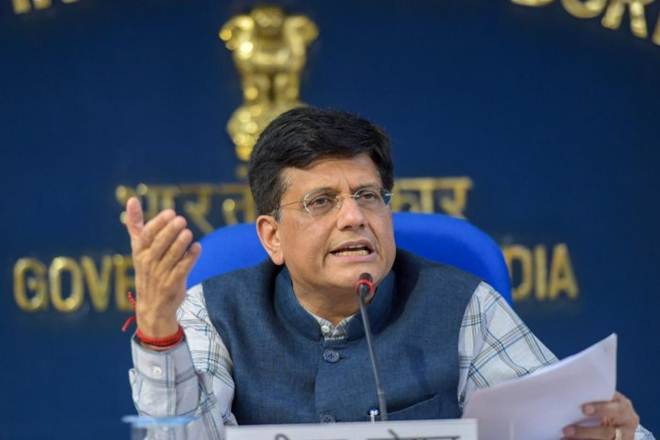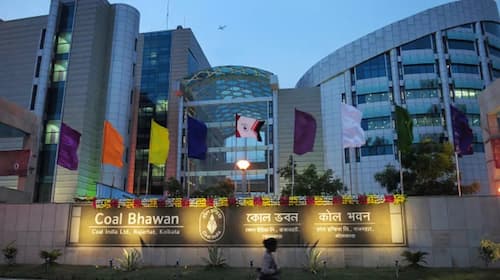China has carried out its first trial run of a new overland trade route through Myanmar in a move seen as a show of support for Myanmar’s Military Junta which is largely isolated at world stage following capturing power in a February coup.
Local media citing a report by state owned media said that the route’s announcement comes as Beijing appears to be bolstering its ties with the ruling Myanmar junta following a recent visit to Myanmar by its special envoy.
The first trial of the China-Myanmar corridor took place last month, which involved a cargo of around 60 containers being sent by road from Yangon, a major Indian Ocean shipping hub, to Chin Shwe Haw on the border with China. It was sent on to Lincang in Yunnan province, from where it went by rail to Chengdu, the capital of Sichuan and a major trade hub in western China.
However, given the poor domestic transport network and the political turmoil in Myanmar, it might take some time before the trade route opened for business, experts believe. Citing industry insiders, Chinese news portal Yicai.com reported that two further trials would be held soon, and regular operations could start as early as next year.
Compared with traditional sea routes from eastern and southern China, the new link could save 20 to 22 days for a one-way journey, an unnamed official from Chengdu International Railway Port told state-owned Scol.com.cn. According to the official, it was the most convenient way to link China’s vast western region with the Indian Ocean, which could further facilitate trade with Southeast Asia, Europe, Africa, South Asia, and the Middle East. Experts say that China will keep pushing such projects to prevent Myanmar from turning to other countries. China continues to ignore the political scenarios within a country where it has significant geostrategic and economic interests and Myanmar is one of them.
China could further strengthen its influence in Myanmar and Southeast Asia, a region that has emerged as an arena for its rivalry with the United States. Washington has significantly stepped-up engagement with Southeast Asia recently, with high-level officials, including Vice-President Kamala Harris and Defence Secretary Lloyd Austin, visiting to strengthen ties with the region.
On Tuesday, Beijing made a rare announcement that its special envoy for Asian affairs, Sun Guoxiang, had wrapped up an eight-day visit to Myanmar last week, where he met military ruler Min Aung Hlaing and other government ministers. The Chinese foreign ministry said Sun had “exchanged views with them on the political landscape and anti-pandemic cooperation in Myanmar”. It was the first time a Chinese high-level official had visited Myanmar since the junta seized power on February 1 and declared a year-long state of emergency.
Under China’s signature Belt and Road Initiative, China has invested heavily in infrastructure connectivity with Southeast Asia as in other parts of world. As trade tensions with the US continue to grow, policymakers in Beijing are increasingly looking to its vast and resource-rich western regions to help boost the Chinese economy. New rail links have been under construction between China and Southeast Asian neighbours such as Thailand and Laos. Beijing is also pushing for an economic corridor with Vietnam but has made little progress so far.
सोशल मीडिया पर अपडेट्स के लिए Facebook (https://www.facebook.com/industrialpunch) एवं Twitter (https://twitter.com/IndustrialPunch) पर Follow करें …


















